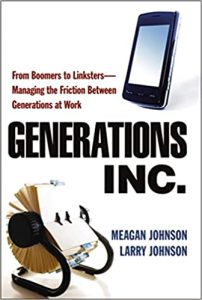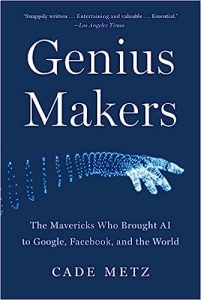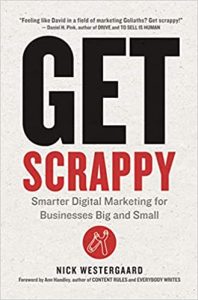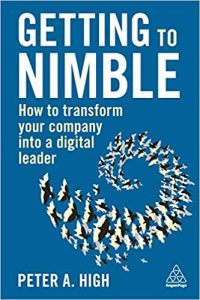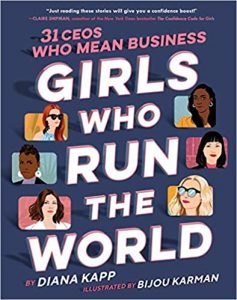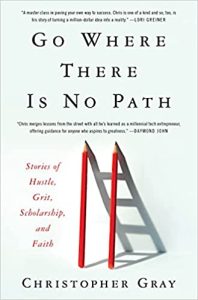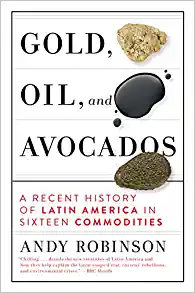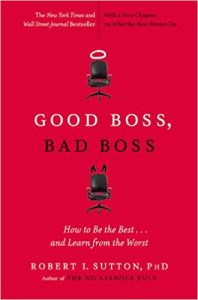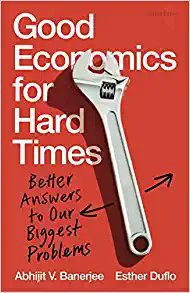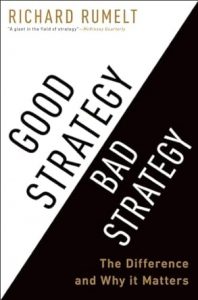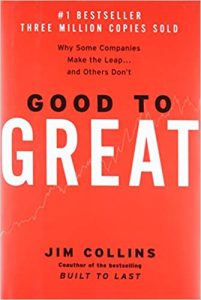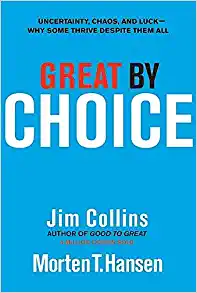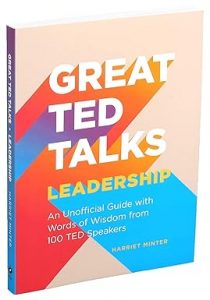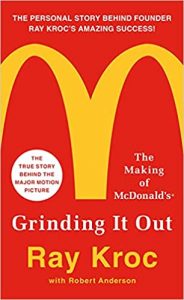Generations Inc
₦6,500.00Now that five different generations are on the job simultaneously–from Traditionals to Generation Y to Millennials–it’s more important than ever for companies to understand how their people can not only coexist and cooperate, but thrive together as a team.
Written by a father-daughter team of two generational experts, Generations, Inc. offers the perspectives of people of different eras to elicit practical insights on wrestling with generational issues in the workplace.
The book provides Baby Boomers and Linksters alike with practical techniques for addressing conflicts, forging alliances with coworkers from other generations, getting people with different values and idiosyncratic styles to work together, and running productive meetings where all participants find value in each other’s ideas. The generation we were born in influences our expectations, actions, and mind-sets.
Generations, Inc. includes realistic strategies for relating to your team members’ different views of loyalty, work ethic, and the definition of a job well done–and tips to make those perspectives work together to strengthen your workforce and grow your business.

